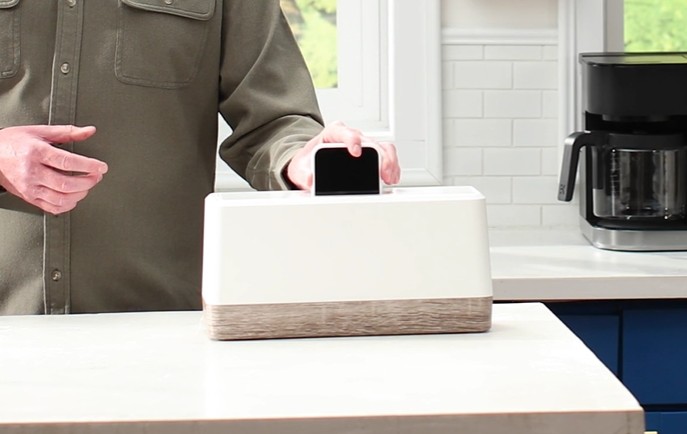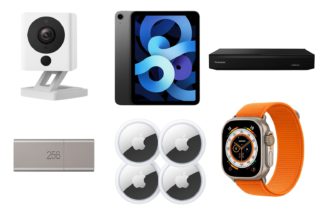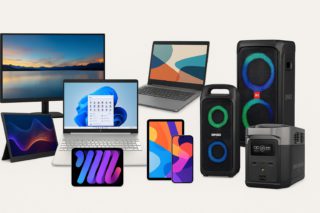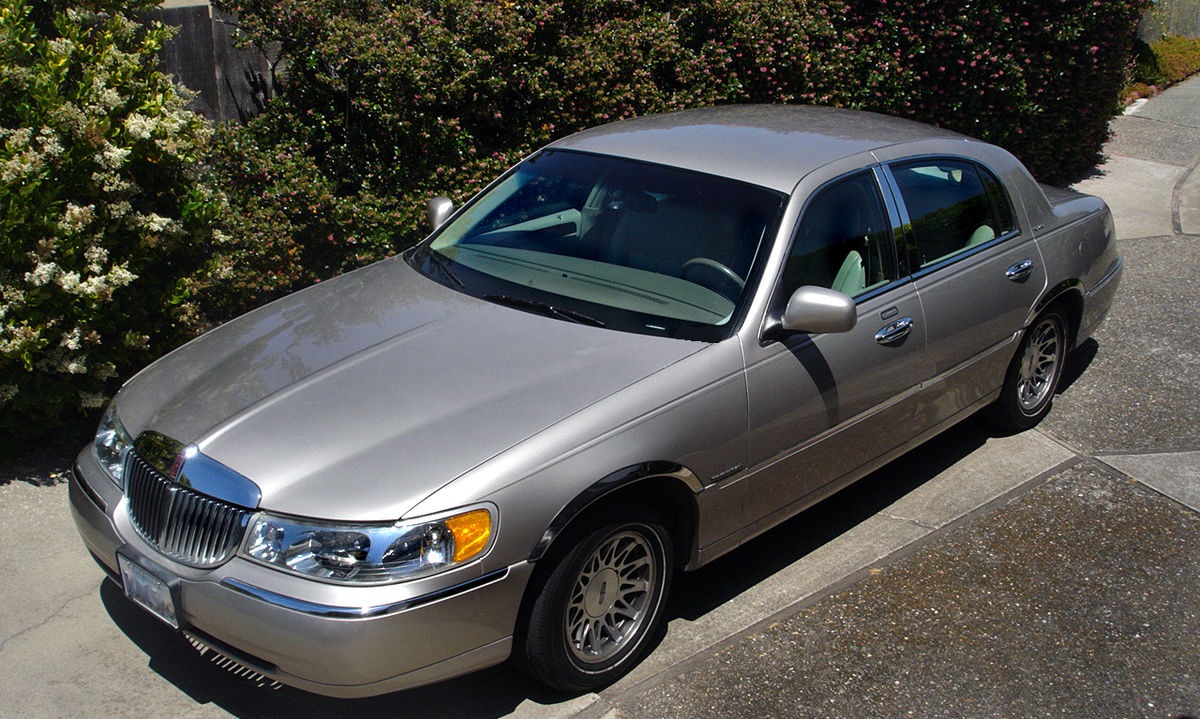Missing that crucial call because your phone died during a family emergency? Swippitt’s new Instant Power System promises to banish dead battery anxiety with toaster-sized convenience.
Dead phones create chaos in modern families. Your teenager’s device dies during a sleepover pickup. Your partner’s battery craps out during an important work call. You’re stuck with 2% juice when navigating to a new restaurant. These moments feel apocalyptic because phones have become our lifelines.
Enter Swippitt, which first unveiled its Instant Power System at CES 2025. This isn’t another power bank cluttering your counter. The toaster-sized hub manages five hot-swappable 3,500mAh batteries that slide into custom Link phone cases. Insert your phone, get a fresh battery case in two seconds. No cables, no waiting, no scrambling for outlets.
How Battery Swapping Actually Works
The system treats external batteries like AA replacements for your TV remote.
Your phone lives in a Swippitt Link case with an integrated battery compartment. When power runs low, you slide the phone into the hub. Mechanical arms remove the depleted battery and install a charged one faster than you can say “low power mode.” Each 3,500mAh battery extends usage by 50-90% depending on your phone model.
The companion app turns battery management into a family affair. Parents can monitor everyone’s charge levels, get alerts when kids’ phones need attention, and track device locations. It’s like Life360 but for power anxiety.
The Premium Price Reality Check
This convenience costs more than your monthly phone bill.
Here’s where Swippitt’s elegance meets economic reality. The hub runs $450, while each Link case costs $120-125. A family of four needs roughly $800 upfront for full system coverage.
Currently, only the iPhone 14/15/16 series gets Link cases, with Samsung Galaxy and Google Pixel support coming late 2025.
Who Actually Benefits From This System
Swippitt solves specific household dynamics better than universal problems.
This makes sense for tech-forward families who genuinely struggle with device coordination. If you’re constantly hunting for chargers or dealing with teenagers who forget to plug in overnight, Swippitt’s centralized approach could deliver real value.
Most households don’t experience chronic charging crises, though. Power banks work fine for occasional emergencies, and wireless charging pads handle daily top-ups. Swippitt feels over-engineered unless you’re living the multi-device nightmare it targets.
Sometimes the simplest innovations address the most persistent, frustrating problems.





























